READY TO GET STARTED?
REQUEST A FREE ESTIMATE
Fill out the form below or call (888) 466-7849 for a free, no-obligation estimate.

A common myth is that rodents like rats, mice, and even squirrels hibernate in the winter. Unfortunately for us, this is not true. While their activity may slow down while outside in the colder months, rodents are actually active year-round. Rodents can survive a wide range of places and climates. They are also known to carry diseases that can easily be spread to humans. Rodent-borne diseases like hantavirus and salmonella can be serious when contracted by people.
Rodents have developed several survival mechanisms to get through the winter.
In late summer and fall, rodents will start gathering as much food as possible to store in their burrows and nests for the winter. While they don’t hibernate, they will stockpile resources to help limit the number of times they have to venture out in the cold in search of food. They also have to increase the amount of food they eat to help retain their body temperature.
Rodents need a warm place to spend the winter. Like other overwintering pests, they will try and access your home to seek shelter from the cold. Rats, in particular, are capable of chewing through cinder blocks, lead, glass, aluminum, vinyl, brick, and even concrete in order to access your home. If they can’t get indoors, they are also great at digging tunnels and will burrow for shelter, usually under walls or near utility lines that come into your home.
Rodents are extremely creative when it comes to survival. They can adapt to most any situation. Our homes provide the ideal opportunity for rodents to overwinter by providing convenient cavities in walls, attics, crawlspaces, and between floors that protect them from the elements. These hiding spots are usually filled with insulation, as well, which gives them the perfect nesting material. Add in the heat we turn on in the winter and the food crumbs and other food sources we provide and they have an ideal living situation during the winter.
To keep these pests out this winter, try these rodent prevention tips:
If you have a problem with rodents, contact your local pest control company who can help identify the type of rodent you are dealing with and set you up with the appropriate rodent control program.
Prevent Bed Bugs this Holiday Season
How to Deal with a Pest Delivery at Your Business
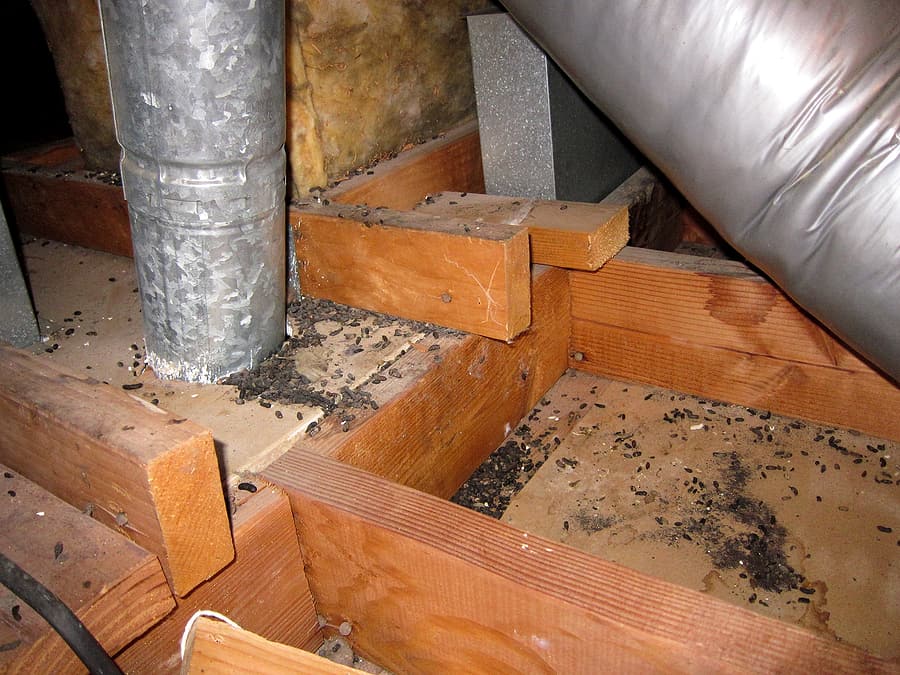
Rodents can wreak havoc on your home, chewing through wires and insulation and contaminating surfaces with their urine and feces. Rodents are also known for carrying and transmitting serious diseases to humans. You may not see a live rodent in your home until an infestation is already established. It is important to know the signs of a rodent infestation so you can identify the problem before it gets out of control. Here are 9 warning signs of a rodent infestation to look for in your home.
Prevention is critical to keeping rodents and other pests from taking over your home. Keep them out of your home with these rodent prevention tips:
If you suspect you have a problem with rodents or any other pest, your local pest control company can perform a thorough home inspection which will help determine the type of rodent you are dealing with, their patterns of activity, what’s attracting them to your home, and which treatment method is best for elimination and ongoing prevention.
What Is The Most Effective Termite Treatment?
5 Pests That Can Destroy Your Lawn
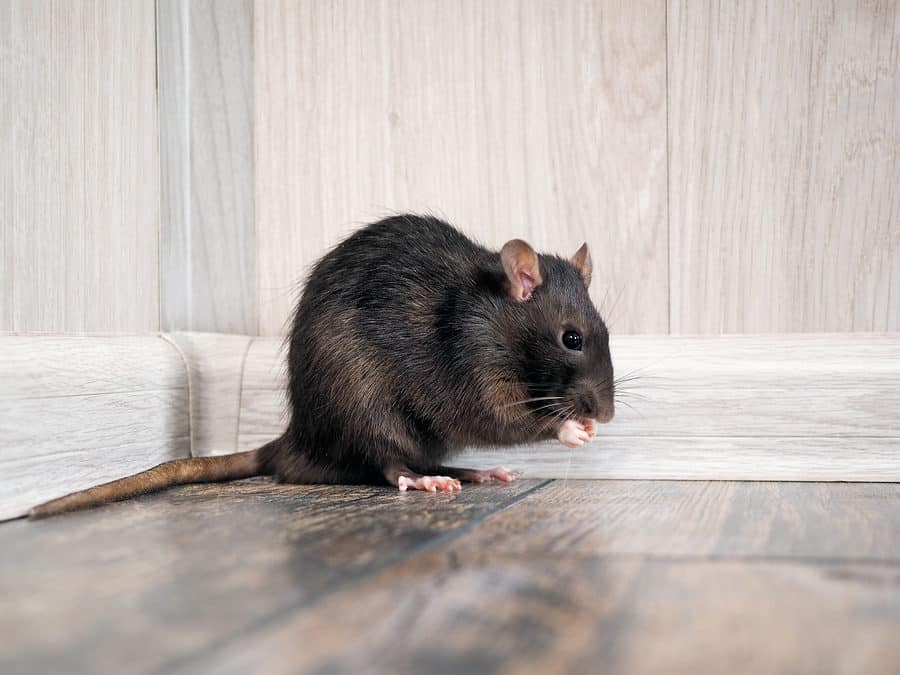
During the colder months, rats are looking indoors for shelter, providing them with warmth and a food source. Once inside, they can not only cause considerable damage to homes by gnawing electrical wires, but they can also pose health risks as they are known to carry bacteria, such as salmonella. To help avoid these pests, every homeowner should utilize preventative measures throughout their house for rodent control.
Keeping the exterior of your home well-sealed is the first step to prevent rats from the inside. Check around the outside of your home for any gaps or holes that are leading inside. Make sure to seal around any openings in the walls, especially utility pipes and vents. Consider installing weather stripping for the gaps in doors and windows.
While outside, look throughout your yard for debris such as piles of leaves or excess woodpiles. Rats will often use these to hide or take cover. Consider keeping your woodpiles 20 feet from your home. Try to keep your shrubbery away from the sides of your home and mow the grass frequently.
Rats are always in search of a food source. Eliminating access to food from your property is another great way to keep them from infesting. If you leave your pet bowls outside, consider bringing them inside to avoid attracting them. Make sure to keep all food, including pet and bird food, in airtight containers. Likewise, make sure your trash cans are sealed tightly and take the garbage out frequently.
Suspecting that you have a rat inside your house is always alarming. It’s best to contact a pest control professional who can inspect your home, identify the type of rat, and set you up with a comprehensive treatment plan.
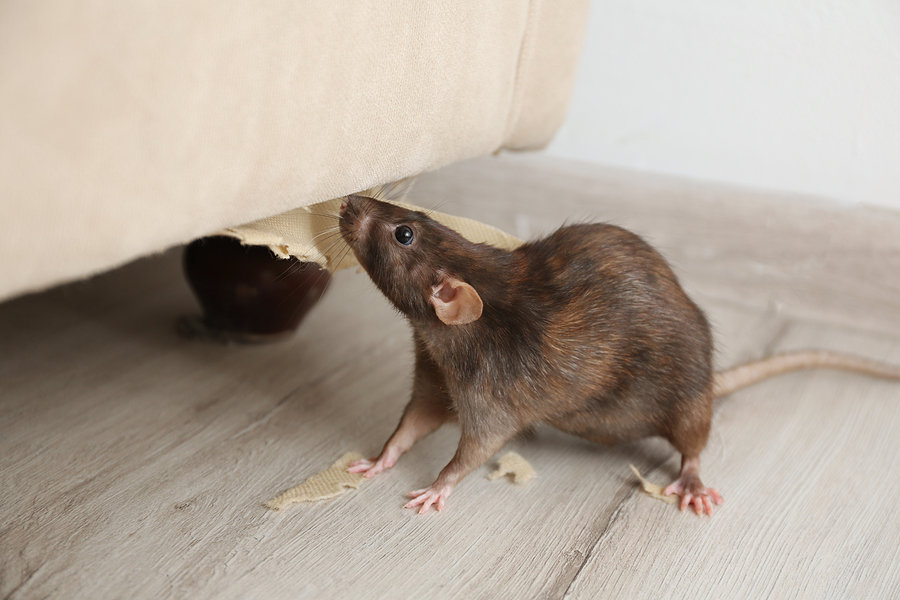
The last thing any homeowner wants to deal with is pests. A household pest is any insect or animal that is commonly found in a household structure that can cause destruction to the property or to your health. While the occasional critter can make its way inside, routine occurrences indicates the likelihood of an infestation. Fortunately there are some DIY pest control tips you can use at home to help prevent these pests from taking over. Here are a few of the most common household pests and how to prevent them.
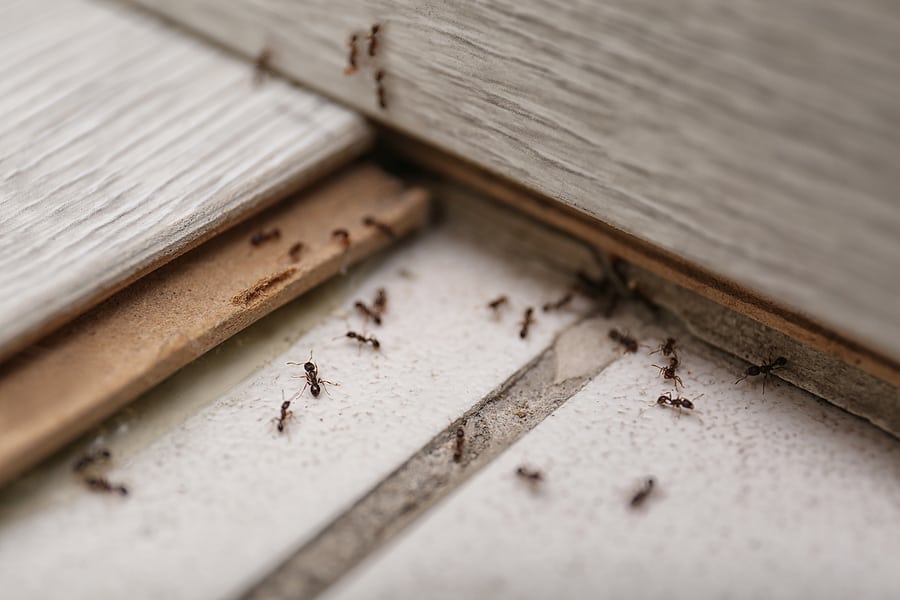
Most ants don’t cause any structural damage to your home (with the exception of carpenter ants). They are, however, the #1 nuisance pest in the United States. Ants are difficult to control because their colonies are so large. These pests typically come indoors in search of food and water and can usually be found near these sources in your home – especially in kitchens and bathrooms. Prevent ants by:
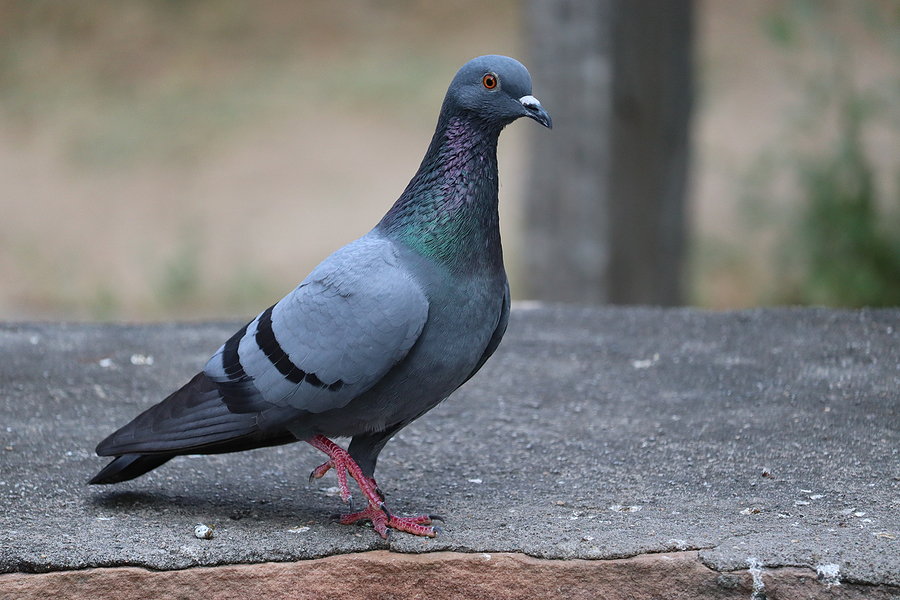
Birds are not usually considered nuisance pests but their nests can obstruct common areas of your home and their droppings can contaminate or damage other areas. Birds usually enter your home in search of food and shelter. Prevent birds by:

Cockroaches are dangerous to humans as they are known to carry serious diseases and trigger both allergies and asthma. These pests multiply quickly, making them very difficult to control. Roaches will come into homes in search of food, water, and shelter, with them often found in kitchens, bathrooms, and laundry rooms. Prevent roaches by:
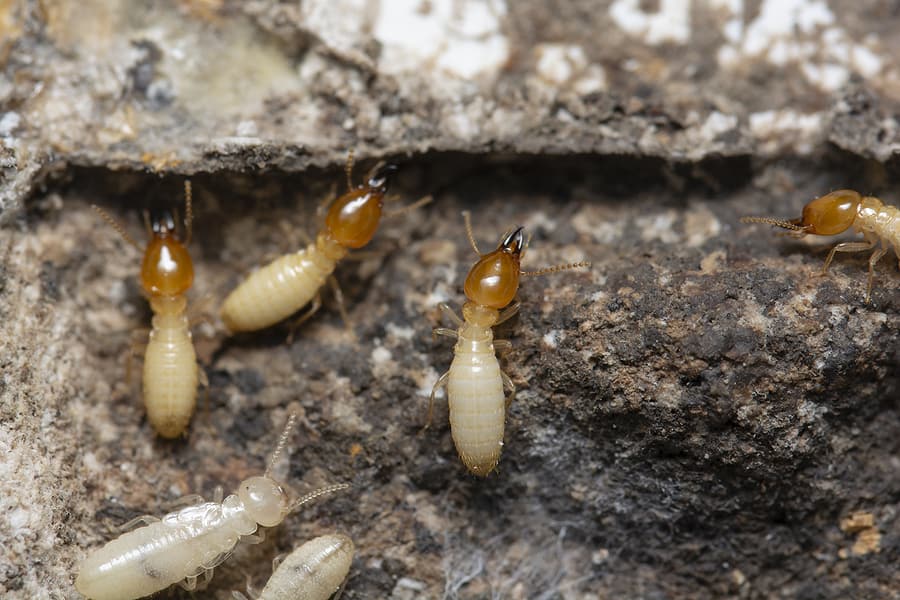
Termites are known as silent destroyers, eating wood from the inside out and going undetected for long periods of time. Common signs of termites include swarms; mud tubes; discarded wings; discolored drywall; peeling paint; wood with a hollow sound when tapped; squeaky floorboards; doors and windows that stick; damaged wood; loose tiles; and buckling floors. Prevent termites by:
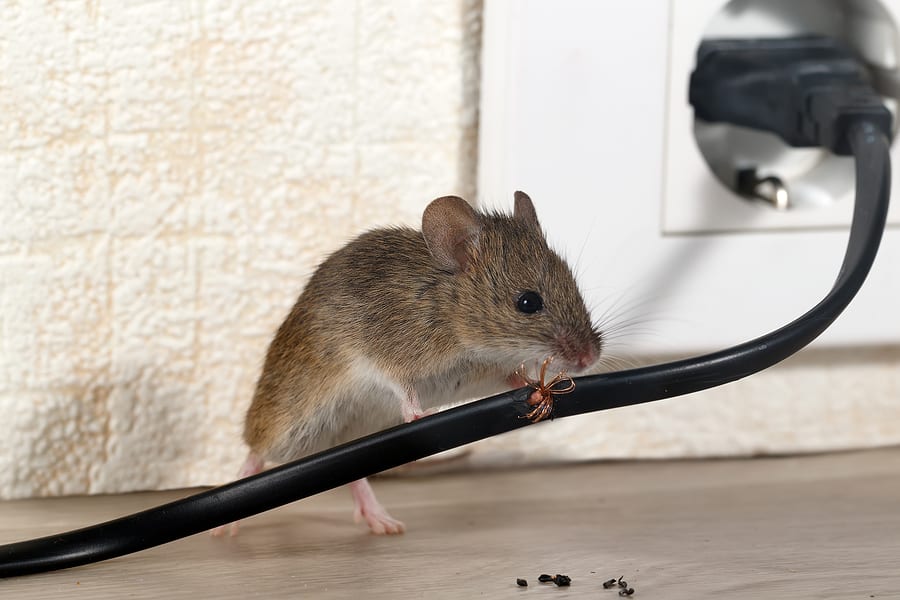
Rodents are common household pests and include rats, mice, squirrels, and raccoons. Rodents can cause significant damage to your property by chewing through electrical wires and insulation. They can also contaminate food and spread disease. Prevent rodents by:

Centipedes are arthropods with 14 or more body segments and one pair of legs per segment. Millipedes are also arthropods but they have 2 pairs of legs on their body segments. Neither of these pests are considered dangerous and don’t cause damage or spread disease. They can, however, be annoying if they infest in large numbers. Both of these pests thrive in moisture-rich environments. Prevent centipedes and millipedes by:
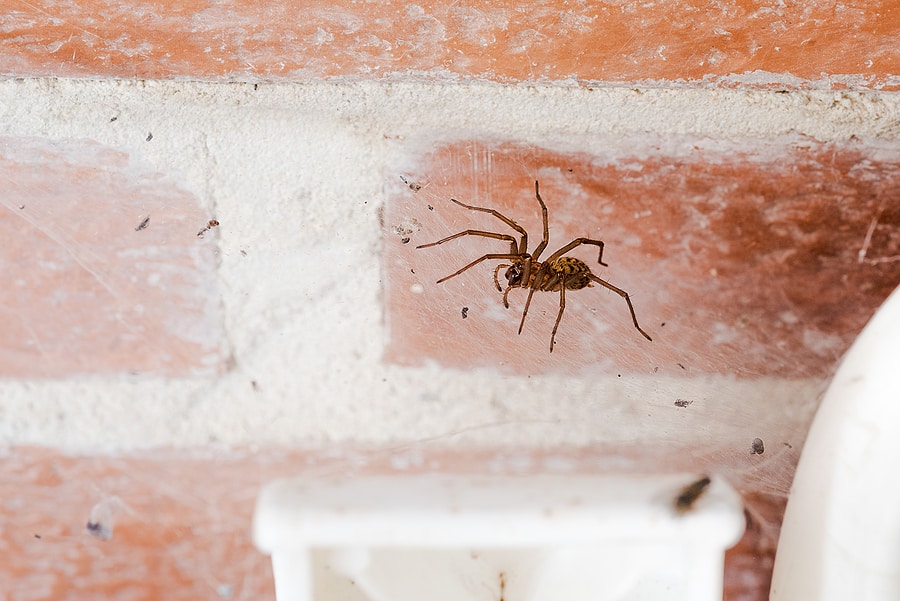
Although there are a few venomous spider species in our area, most spiders that make their way into your home are harmless (and even beneficial by eating other pests)! Prevent spiders by:
The key to household pest control is prevention. By taking these steps early, you can head off an infestation before it starts. If you have a problem with any household pests, contact your local pest control company for a free evaluation and comprehensive treatment plan.
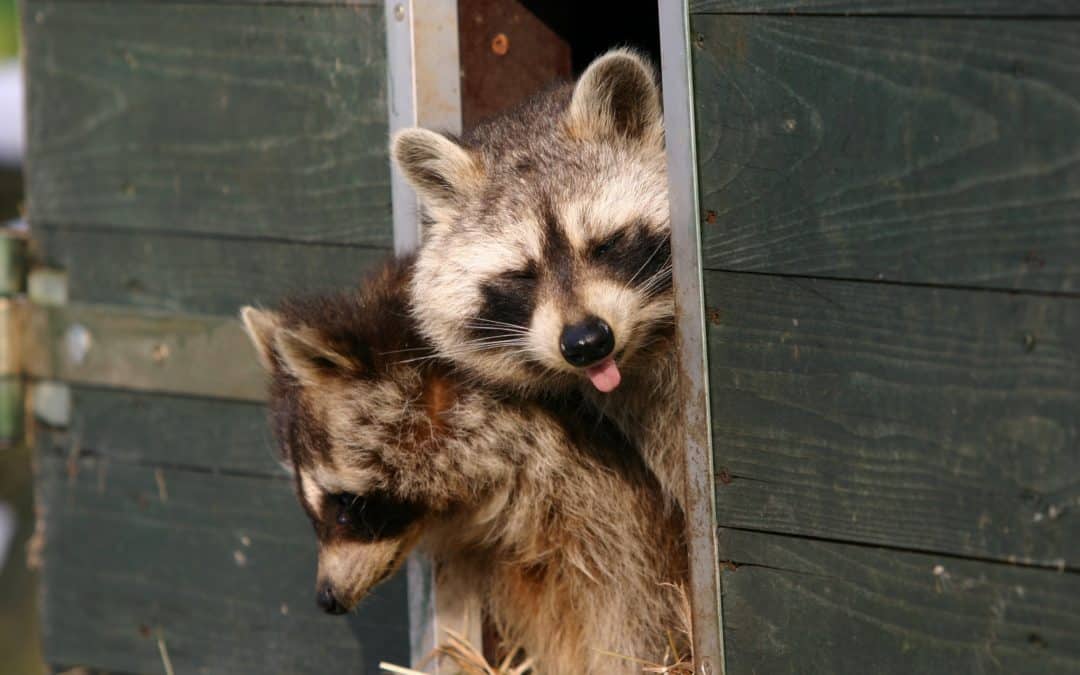
Fall is just around the corner! While we are all eager for that brisk fall breeze to arrive, we know that as the temperatures get cooler, certain wildlife creatures will be more active during the fall season. Wildlife such as squirrels, mice, opossums, and rats are just a few that will start to look indoors for a warm habitat and food source. Before the fall season arrives, every homeowner should start wildlife control preparations early to help prevent these animal intruders from getting inside.
Wildlife animals are constantly in search of food and water to survive. Animals such as opossums and rats often look to garbage cans to find food, making a huge mess in the process. To keep them from scavenging through your trash cans, make sure your garbage isn’t overflowing. Keep your exterior garbage cans secure by locking and sealing the lids overnight.
Raccoons, squirrels, and birds will easily sneak into open gaps or holes leading right into your home. Screen attic vents and openings in chimneys can provide them with ideal openings. Ensure that the vents and chimneys are fully screened and sealed off. Likewise, check around the exterior of your home for any gaps or holes leading inside. Rats and mice only need a small opening to get inside, so ensuring that you’ve sealed any openings can help eliminate the chance of infestation.
Your yard is the first thing that wildlife creatures will enter. Keeping your yard well-maintained can help to prevent these pests from inhabiting. Make sure to clean up leaf piles, brush, and debris throughout the yard. When cleaning up the piles, put them in sealed waste bags and store them in the garage until garbage day. Trim your tree limbs or branches away from your roofline as animals, such as squirrels, will use them as a guide to enter inside the home.
Preventing wildlife from entering your property can be difficult but possible. If you’ve noticed more wildlife creatures than usual, consider calling your professional wildlife control company. These wildlife exclusion experts will inspect your home, identify entry points, safely remove infested animals, and prevent them from entering in the future!